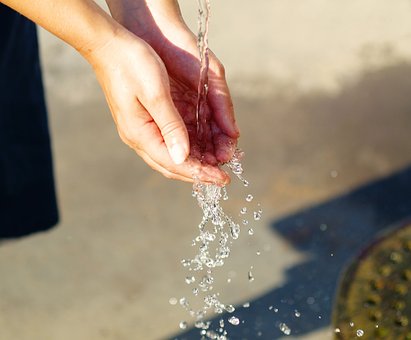Water well drilling is a process used to create a water well. This can be done for various reasons, such as providing water for agricultural or residential use or geological exploration.
What should I know about this?
Water wells can be drilled through various methods, such as rotary drilling, cable tool drilling, or percussion. Water wells are drilled in various sizes and depths depending on the purpose for which they are created.
The process of water well drilling begins with site preparation. The area must be cleared of vegetation and debris to make room for the drill rig and other equipment. Once this is done, a surveyor will mark out the planned location of the well before any drilling begins.
Next, geologists analyze soil samples from around the well site to determine what type of rock strata lies beneath it. This helps them decide what drill rig should be used and how deep it needs to go to reach the aquifer.
When drilling begins, a large auger is used to bore through the different layers of soil and rock until it reaches the aquifer. Water wells are typically drilled anywhere from 50 to 800 feet deep, depending on the depth at which water can be found in the area. Water samples are taken as they go deeper to monitor what type of water is being collected and ensure that it is safe for drinking.
We hope this information has been useful to you.






